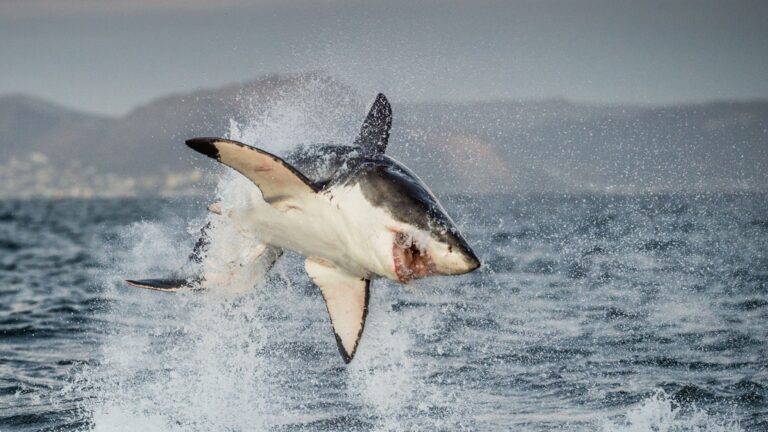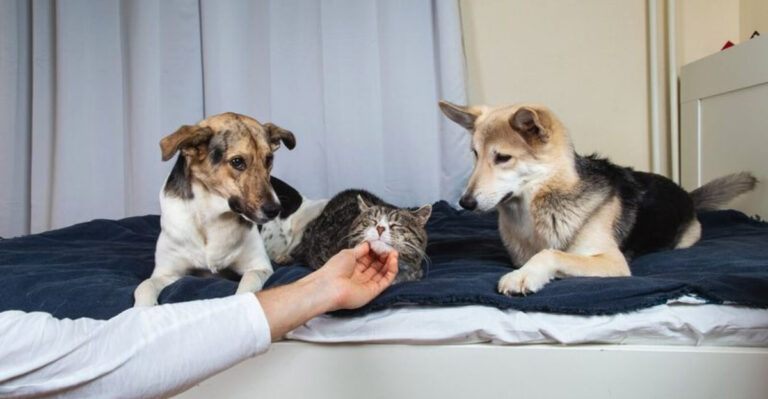13 Reasons Why Cats Experience Grief Differently From Dogs
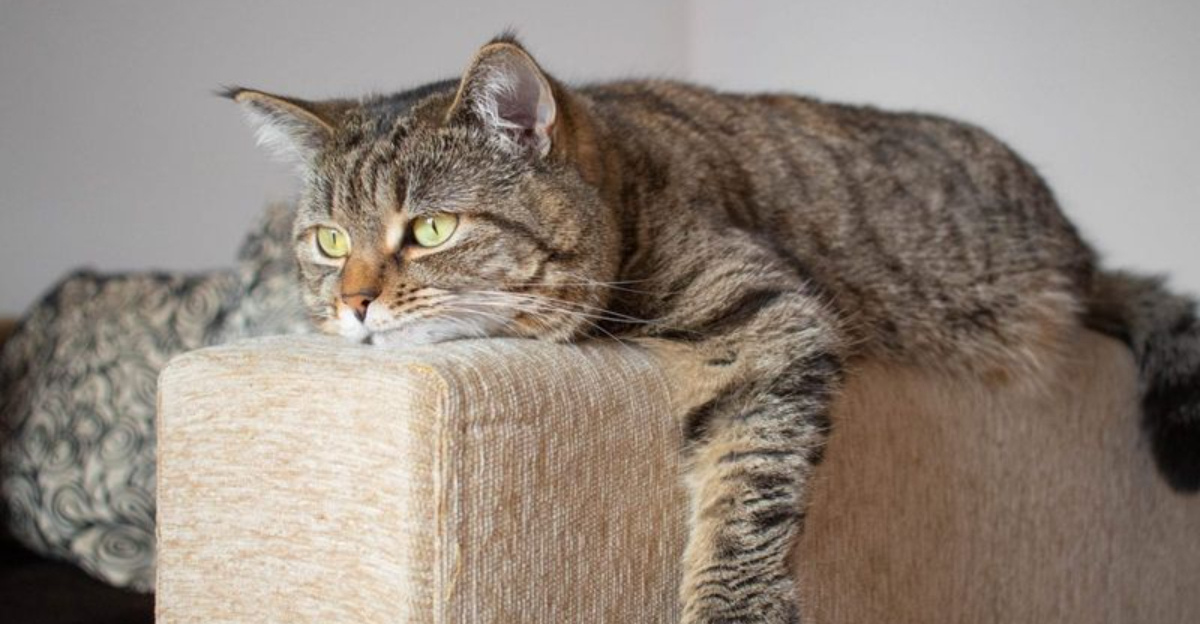
When our furry friends lose a companion, they experience sadness in their own unique ways. Cats and dogs, despite both being beloved pets, process grief through completely different emotional and behavioral patterns.
Understanding these differences helps pet owners provide proper support during difficult times. Let’s explore why cats handle loss in ways that might surprise you compared to their canine counterparts.
1. Solo Hunters At Heart
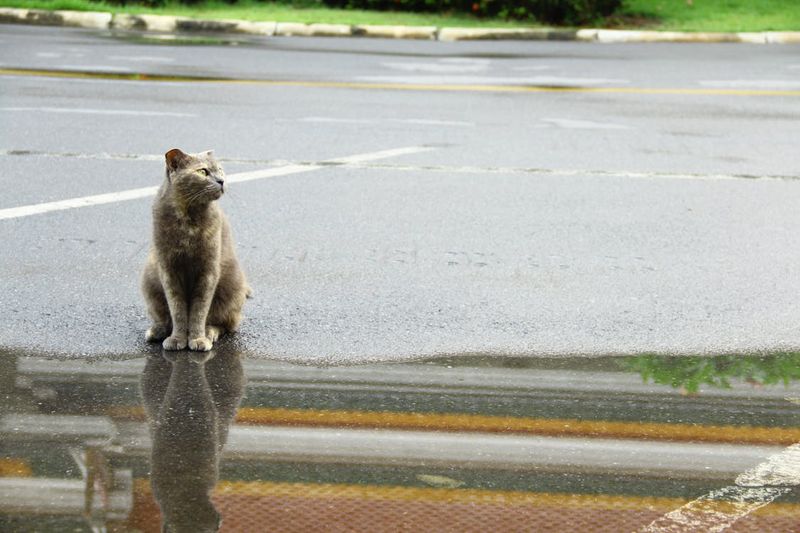
Cats evolved as solitary predators, unlike dogs who hunted in packs. This fundamental difference shapes how they process loss. Their ancestral independence means they’re hardwired to cope with changes in their social structure differently.
When a household companion disappears, cats don’t experience the same pack-mentality disruption that dogs do. They might miss specific interactions but don’t feel the hierarchical void that deeply affects dogs.
This doesn’t mean cats don’t grieve – they absolutely do – but their evolutionary blueprint gives them different coping mechanisms.
2. Subtle Signs Of Sadness
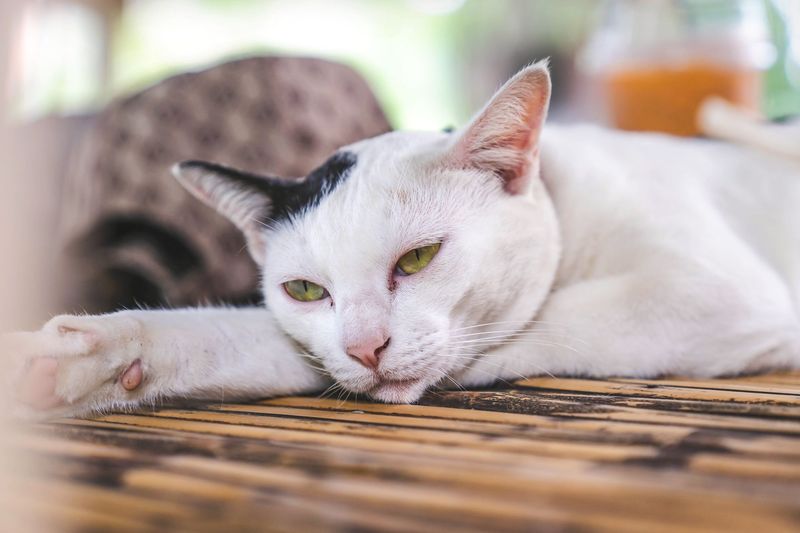
While dogs wear their hearts on their paws, cats conceal their emotions behind a veil of subtlety. A grieving cat might stop grooming, leading to a disheveled appearance – a significant change for these normally fastidious animals.
You might notice your cat sleeping in unusual places, especially spots that smell like their missing companion. Their appetite often changes too, either increasing from anxiety or decreasing from depression.
These quiet signs contrast sharply with a dog’s obvious whining, searching behaviors, or dramatic appetite changes after a loss.
3. Territory Trumps Relationships

For cats, territory security often outweighs emotional bonds. When another pet leaves their shared space, a cat’s first concern might be territorial recalibration rather than emotional loss.
You might notice your cat marking or patrolling areas that belonged to the departed pet. This behavior isn’t heartlessness – it’s their instinctual response to maintain environmental stability.
Dogs, being pack animals, prioritize social connections over territory. Their grief centers more on the missing relationship rather than the spatial vacuum left behind.
4. Ritual-Free Mourning
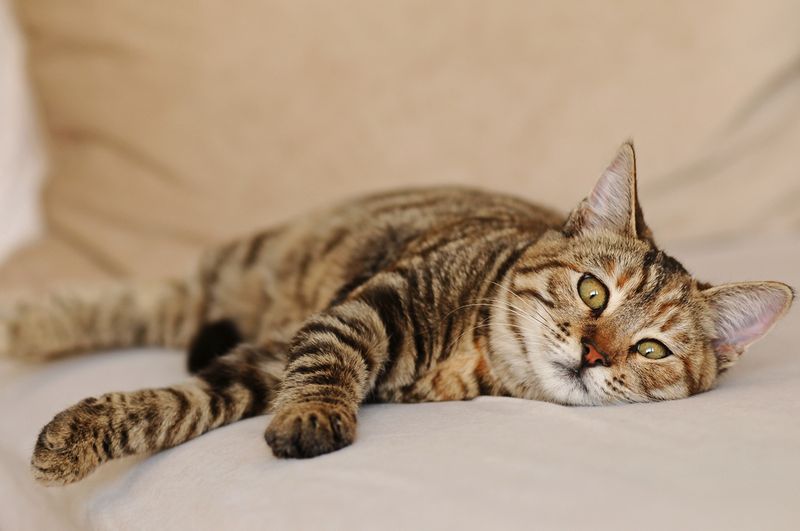
Dogs often create improvised mourning rituals – visiting their friend’s favorite spots, carrying their toys, or waiting by doors. Cats rarely develop these ceremonial behaviors when grieving.
Their processing happens internally, without the visible emotional ceremonies that make dog grief so heartbreaking to witness. A cat might simply withdraw or become more clingy rather than perform specific mourning behaviors.
This difference doesn’t indicate less attachment but reflects cats’ pragmatic approach to loss. They process change without the symbolic behaviors humans and dogs find comforting.
5. Time Perception Variations
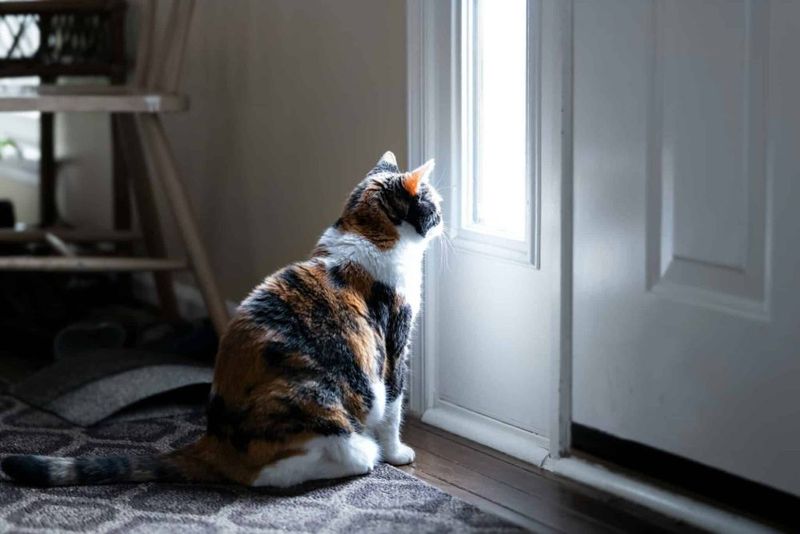
Cats and dogs experience time differently, affecting how they process a companion’s absence. Dogs live more in the moment but maintain strong associative memories, leading to prolonged periods of visible grief.
Cats have excellent spatial memory but process time through routine disruptions rather than counting days. A missing companion represents a broken pattern rather than a ticking clock of absence.
This means cats might seem to “move on” faster, but they’re actually experiencing loss through a different temporal lens than dogs do.
6. The Scent Connection
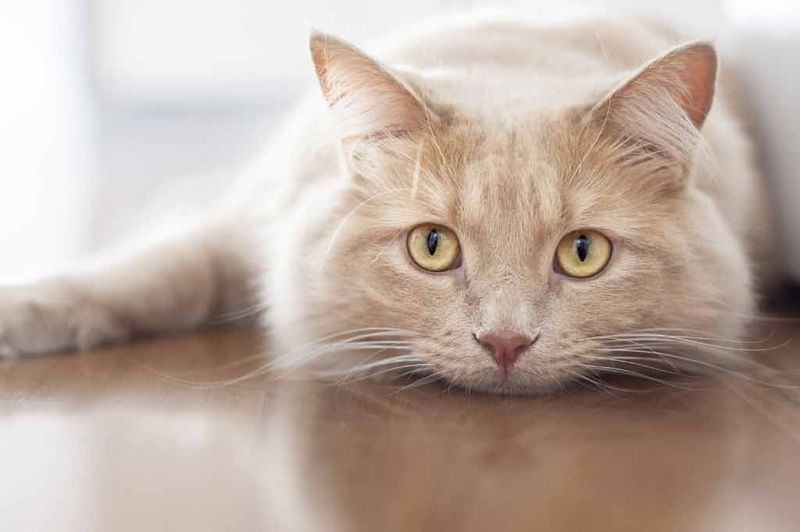
Cats process grief heavily through scent, more specifically than dogs do. While both animals have incredible noses, cats use smell as their primary way of maintaining connections.
A grieving cat might spend hours in spots where the departed friend’s scent lingers strongest. They’re not just remembering – they’re actively maintaining a chemical connection that provides comfort.
Unlike dogs who might carry around items belonging to their missing friend, cats prefer to immerse themselves in stationary scent locations, creating invisible grief shrines that humans rarely notice.
7. Independent Grieving Process
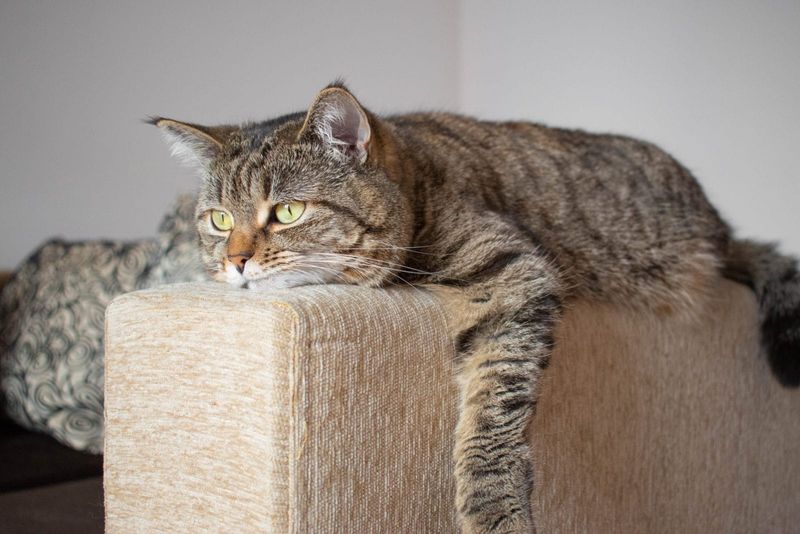
Dogs seek comfort from their humans when grieving, often becoming clingy or demanding extra attention. Cats typically take the opposite approach, processing their feelings in solitude.
A grieving cat might disappear for hours, seeking quiet spaces to work through their emotions alone. This self-sufficient mourning reflects their evolutionary development as solitary animals.
When they do seek human comfort, it’s usually on their terms – brief moments of connection rather than the constant reassurance dogs require. This independence can make cat grief less obvious but no less real.
8. Vocal Expression Differences

The soundtrack of grief differs dramatically between species. Dogs vocalize their distress through howling, whimpering, or barking – calling out for their missing companion in ways humans easily recognize as mourning.
Cats, however, often become quieter when grieving. Their normal vocalizations might decrease or change in tone, becoming more plaintive or questioning. Some grieving cats stop meowing altogether.
This silence doesn’t indicate absence of feeling but rather reflects cats’ natural tendency to hide vulnerability. In the wild, vocal displays of distress would attract predators – a risk cats instinctively avoid even in safe home environments.
9. Stress-Induced Physical Symptoms

Cats manifest grief through distinct physical symptoms rarely seen in dogs. Feline stress often triggers overgrooming, resulting in bald patches or skin irritation – a visible marker of their inner turmoil.
Urinary issues frequently emerge when cats grieve, with inappropriate elimination or even painful bladder inflammation appearing after a loss. Their sensitive digestive systems react too, with vomiting or diarrhea common during periods of emotional distress.
Dogs typically show grief through behavior changes rather than these specific physical ailments, making feline grief more medically significant and often requiring veterinary intervention.
10. Routine Disruption Sensitivity

Cats experience grief partially through the lens of routine disruption. These creatures of habit build their security around predictable daily patterns, and a companion’s absence shatters this carefully constructed framework.
You might notice your cat waiting for feeding times that were associated with the missing pet, or appearing confused during play sessions that previously included their friend. These moments of visible disorientation reveal their processing of loss.
Dogs certainly appreciate routines too, but their grief centers more on the missing individual than on the disrupted schedule – a fundamental difference in how these species experience absence.
11. The Replacement Factor
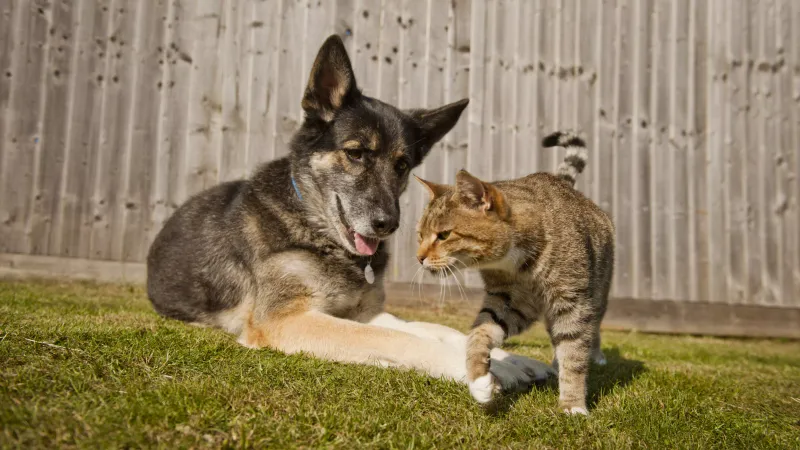
Cats and dogs differ dramatically in how they respond to a “replacement” pet after loss. Dogs often resist new companions initially, comparing them to their lost friend and showing loyalty to the memory of their bond.
Cats typically adjust more readily to new animals, especially if territorial arrangements are handled carefully. Their relationships are more individualized and less hierarchical, allowing them to form fresh connections without feeling they’re betraying their former companion.
This doesn’t mean cats forget – they simply compartmentalize relationships differently than dogs do, treating each bond as unique rather than replaceable.
12. Hierarchical Versus Parallel Bonds

Dogs form hierarchical relationships within their “pack,” meaning the loss of a companion disrupts their entire social structure. A grieving dog must recalibrate their position in the household pecking order, adding complexity to their mourning process.
Cats create parallel, individual relationships rather than hierarchical ones. They might have a favorite companion, but they don’t structure their social world in terms of dominance and submission.
This fundamental difference means cats grieve the specific relationship that was lost without the added stress of social reorganization that dogs experience after a death or departure.
13. Hidden Emotional Depth
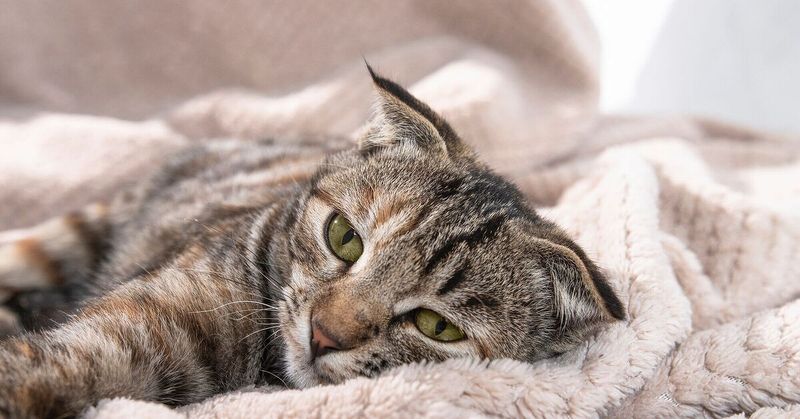
The myth that cats are less emotionally attached than dogs leads many owners to underestimate feline grief. Their stoic exterior conceals a rich emotional life that processes loss deeply but privately.
Research shows cats form secure attachments to their owners similar to dogs and human infants. This same capacity for deep bonding extends to their relationships with other household pets.
The difference lies not in emotional capacity but in expression style. A grieving cat’s subtle behavior changes – sleeping in new places, changed eye contact, altered interaction patterns – reveal their mourning to those who understand their language.


